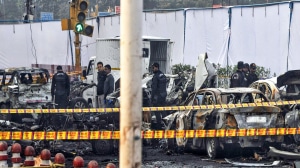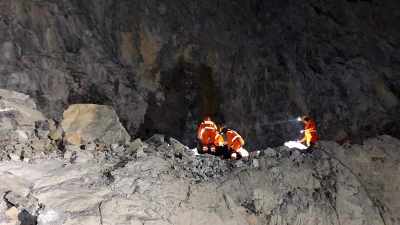Stay updated with the latest - Click here to follow us on Instagram
Month after flood, is Kerala struggling with reconstruction, raising money?
Kerala floods: After the initial success in rescue and relief in which civil society played a critical role, the government doesn’t seem to have gained the required momentum or followed an optimal strategy.
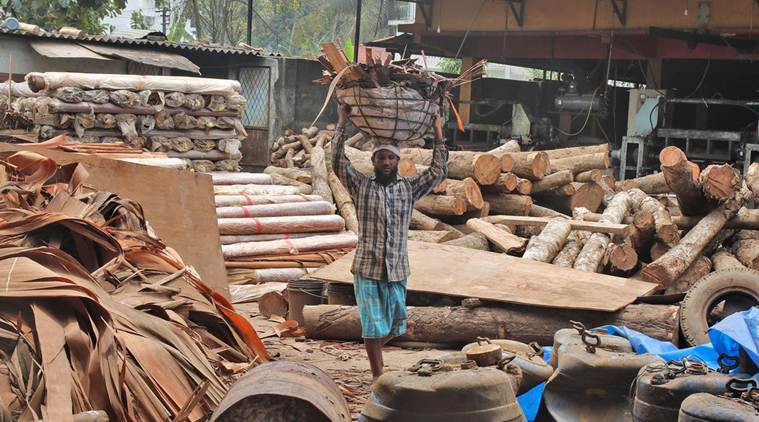 According to informed sources, the Kerala government is also looking for other multilateral sources for borrowing but will have a problem because of its high level of existing debt. (Express photo by Nirmal Harindran)
According to informed sources, the Kerala government is also looking for other multilateral sources for borrowing but will have a problem because of its high level of existing debt. (Express photo by Nirmal Harindran)
Even as a month has gone by since Kerala’s worst disaster in a century, the state’s biggest challenge will be raising the massive amount of money required to put it back on its hard-earned and globally acknowledged development path.
After the initial success in rescue and relief in which civil society played a critical role, the government doesn’t seem to have gained the required momentum or followed an optimal strategy. Looks like it’s still scrambling or isn’t sharing enough information with the media or the public to prove otherwise.
Probably it has done better than what other states would have done, but Kerala is not India, it has a legacy to live up to.
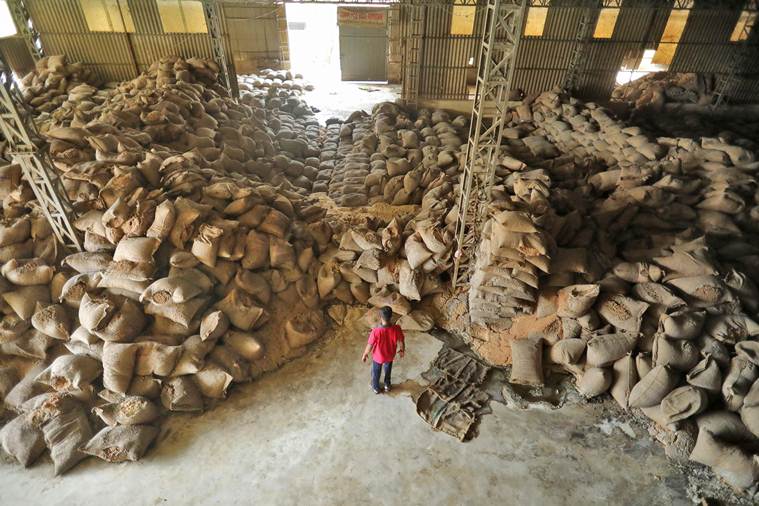 A worker scanning the hundreds of rice sacks damaged by the floods at GM Agro Mills. (Express photo by Nirmal Harindran)
A worker scanning the hundreds of rice sacks damaged by the floods at GM Agro Mills. (Express photo by Nirmal Harindran)
The biggest lacuna in the rehabilitation and reconstruction process is that the state still doesn’t have a figure on the damages and losses and the resources required for rebuilding it. If Kerala had the fiscal space for raising money internally, it could have waited, but not in its present condition wherein there’s hardly any money in the state budget for even regular capital expenditure.
The initial estimates of Rs 20,000 crore, as would be the case in any other place, were guesstimates and subsequently the government raised it to Rs 30,000 crore, but after that there was no final word. One cannot entirely find fault with the government because it was still in the relief and recovery stage and reconstruction was a long drawn out process. But, a month is a sufficiently long time and it’s high time the government did a formal Damage and Loss Assessment (DALA) as well as Post Disaster Needs Assessment (PDNA) and made them public. Without an idea of the resource requirement, how does one even chalk out a plan of reconstruction.
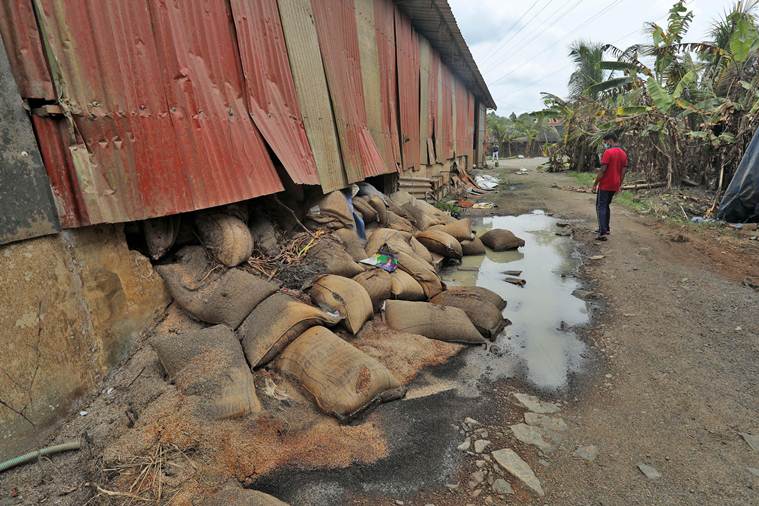 GM Agro Mills is one of the major enterprises which has suffered losses running into several crores. (Express photo by Nirmal Harindran)
GM Agro Mills is one of the major enterprises which has suffered losses running into several crores. (Express photo by Nirmal Harindran)
Although the CPM, which leads the LDF government in Kerala, had been violently opposed to World Bank and ADB loans, the state was strategically right in bringing in both the multilateral donors, with the concurrence of the Government of India, early enough. Besides getting a reasonably large loan, World Bank is the lead in doing DALA and PDNA in most parts of the world and also hosts the Global Facility for Disaster Reduction and Recovery (GFDRR). They have the experience and tools to do the assessment sector-wise quite quickly. According to media reports, their teams were in the field doing this, but the government is yet to come up with a figure.
Is it waiting for Pinarayi Vijayan to come back? Not a wise decision at all.
Ideally, the government should have had a figure by now and strategised on how to raise that kind of resources. Going by the damages caused by similar floods in other parts of the world and a general sense of the nature of destruction and loss, the figures would be much more than the initial estimate of Rs 20,000 crore because the floods have wreaked havoc in every sector. The government should have had a clear idea of what it costs to rebuild – that too with climate or disaster resilience – so that such widespread destruction doesn’t happen in future, and created a modular approach with a “menu of options”.
The state has been teeming with both international and national NGOs and many of them have fanned out to different parts of the state. It really looks like a post-disaster destination. But the feedback from some of them doesn’t give an impression of a coordinated effort. When the resources are limited, coordination and optimisation are crucial. The government should have had a blueprint by now in which the DALA, the PDNA figures are mapped, and a call for support based on that is made public if the “crowdfunding” model it envisages with the help of international consulting firm KPMG needs to work.
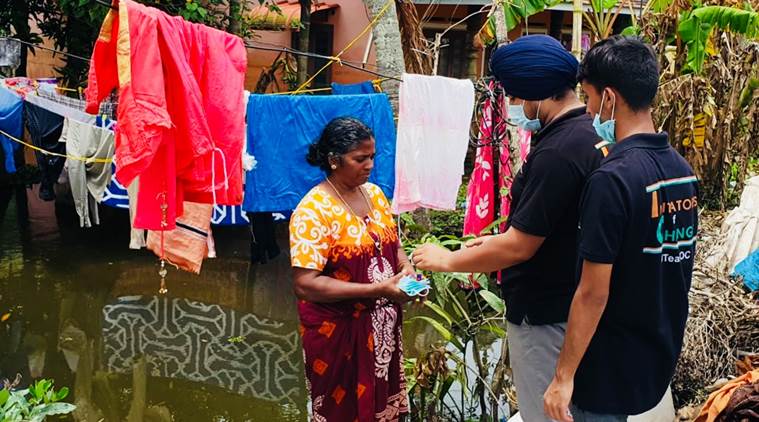 Aid coordination is a standard practice and is usually led by the government or a lead agency (in countries with less capacity the UN or a multilateral or bilateral donor takes over) with others pitching in with what they can offer.
Aid coordination is a standard practice and is usually led by the government or a lead agency (in countries with less capacity the UN or a multilateral or bilateral donor takes over) with others pitching in with what they can offer.
At the core of this process is aid coordination in which the governmental arm that is coordinating reconstruction presents its needs in a detailed and modular way and the voluntary partners in reconstruction pick up blocks of work that they can either afford or are capable of. In other words, an NGO or a private company, can take up a certain unit of the reconstruction task based on its available budget, stated mission and core-competency.
For instance, an NGO working on education can take up the reconstruction of schools in a particular village or block in a district. Enquiries with the NGOs that have descended on Kerala after the floods doesn’t indicate such coordination. They are working with some enthusiastic officers and collectors, often on loosely convened coordination meetings. This could have been organised more efficiently and systematically if the government had the right advice. Aid coordination should indeed be centralised even while decentralising the implementation.
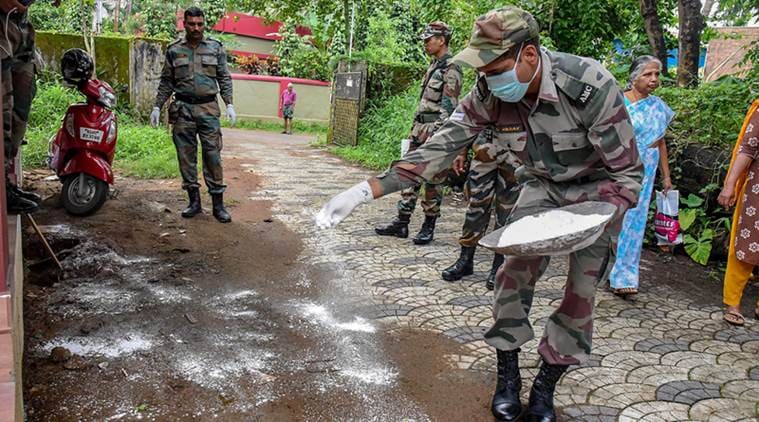 Kochi: Military Medical Services personnel sanitize a flood-hit school in Kochi.
Kochi: Military Medical Services personnel sanitize a flood-hit school in Kochi.
Aid coordination is a standard practice and is usually led by the government or a lead agency (in countries with less capacity the UN or a multilateral or bilateral donor takes over) with others pitching in with what they can offer. These are critical exercises in which the government brings in all stakeholders and a lot gets covered by an accumulation of multiple contributions as in the old age, “little drops make the mighty ocean”. Kerala doesn’t seem to have done this exercise well.
Still, such project-based aid will be a drop in the ocean given the scale of destruction. The big picture is about big money, which the government will find very hard to raise.
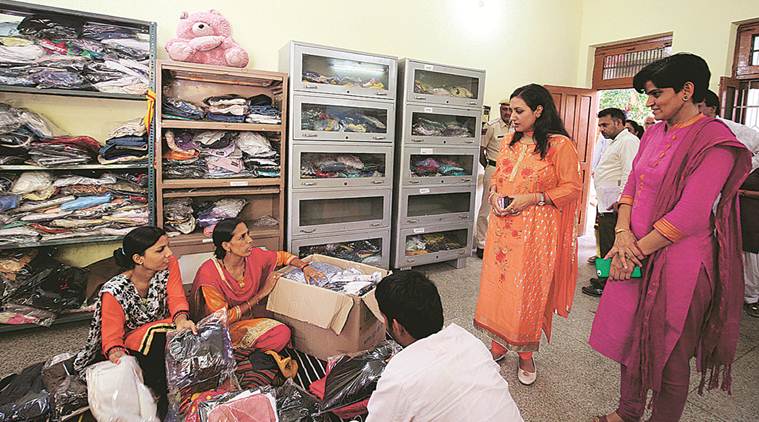 An NGO or a private company, can take up a certain unit of the reconstruction task based on its available budget, stated mission and core-competency.
An NGO or a private company, can take up a certain unit of the reconstruction task based on its available budget, stated mission and core-competency.
According to available information, the government will at best be able to raise less than half the resources, that too if everything goes very well. Rs 3,000 crore loan from World Bank, another Rs 3,800 (in the best case scenario – most probably it will be much less, given the resistance it’s facing because of the way it’s being implemented) from the “Salary Challenge” in which government employees have been asked to contribute a month’s salary, and another Rs 2000 crore from the Chief Minister’s relief fund. All this, and sundry contributions will add up to about Rs 9,000-10,000 crore.
Where will the rest of the money come from? It’s still not clear how much will the Government of India put in.
According to informed sources, the Kerala government is also looking for other multilateral sources for borrowing but will have a problem because of its high level of existing debt. With a debt of more than 30 per cent of its GDP, even the revised conditions for additional borrowing by the Department of Expenditure will not be helpful.The donors are aware of such equations and will put forward unsavoury conditions.
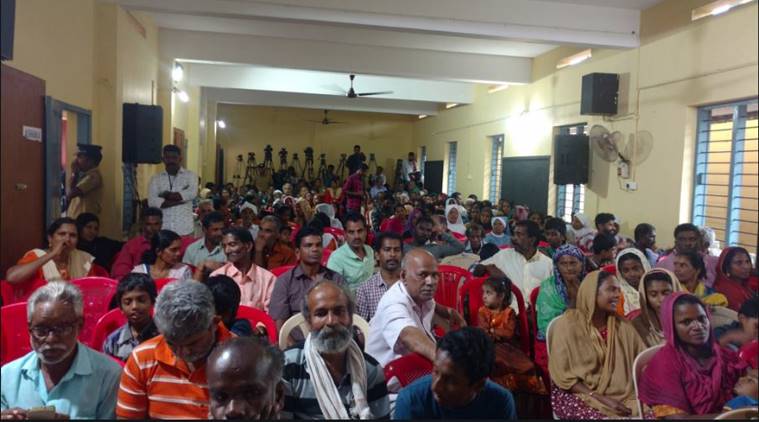 The state has been teeming with both international and national NGOs and many of them have fanned out to different parts of the state.
The state has been teeming with both international and national NGOs and many of them have fanned out to different parts of the state.
So, the bulk of the way forward is internal accruals – people and organisations contributing – over a longer period of time for which the state requires its facts and figures, reconstruction policy and plan, and the coordination mechanism ready, transparent and public.
It’s already late because an essential principle in “building back better”, the new climate-resilient mantra in post-disaster reconstruction, is “building back faster”. Delays in reconstruction will push people into irreversible conditions of deprivation. Kerala is perilously looking at this prospect.
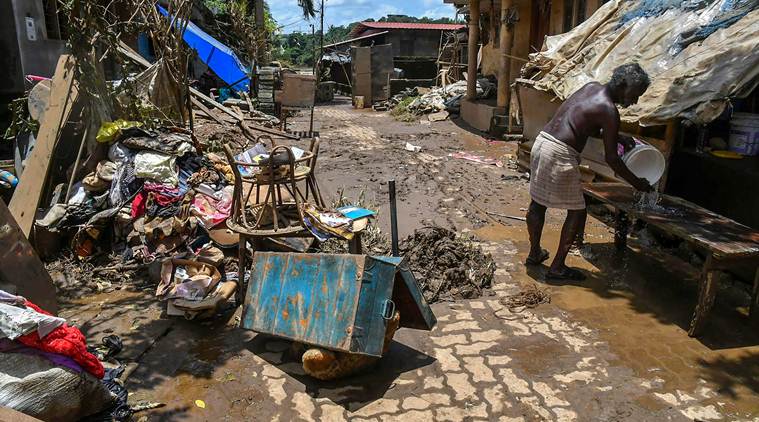 A man cleans up his house after flood water subsided in Eloor near Kochi.
A man cleans up his house after flood water subsided in Eloor near Kochi.


